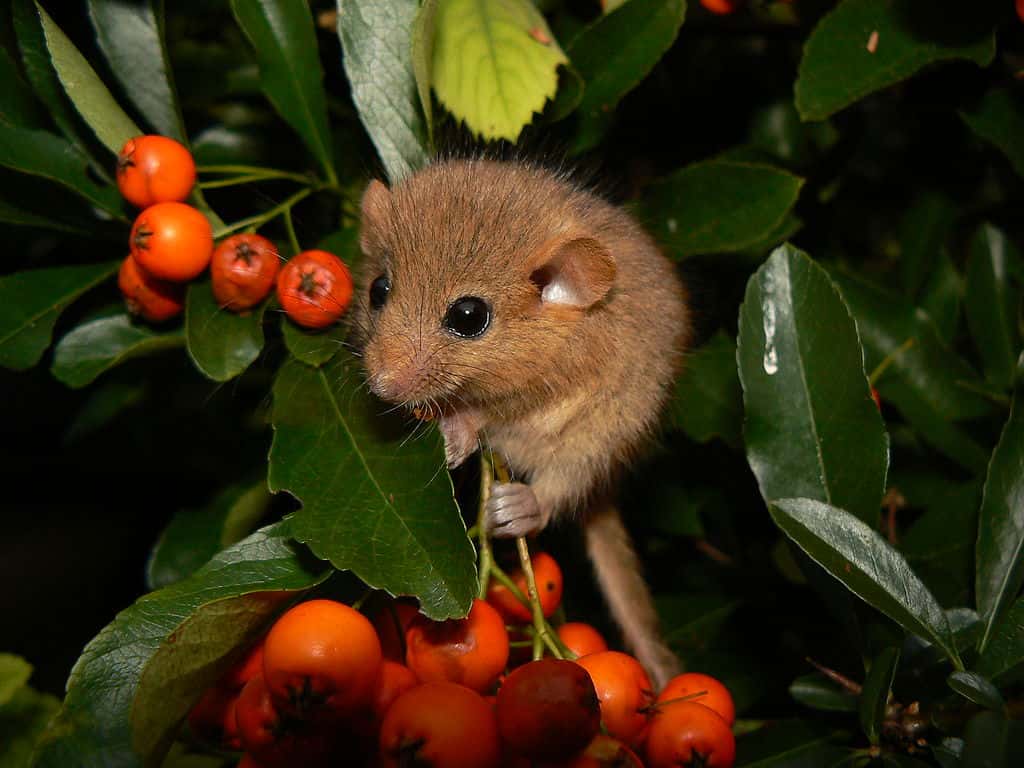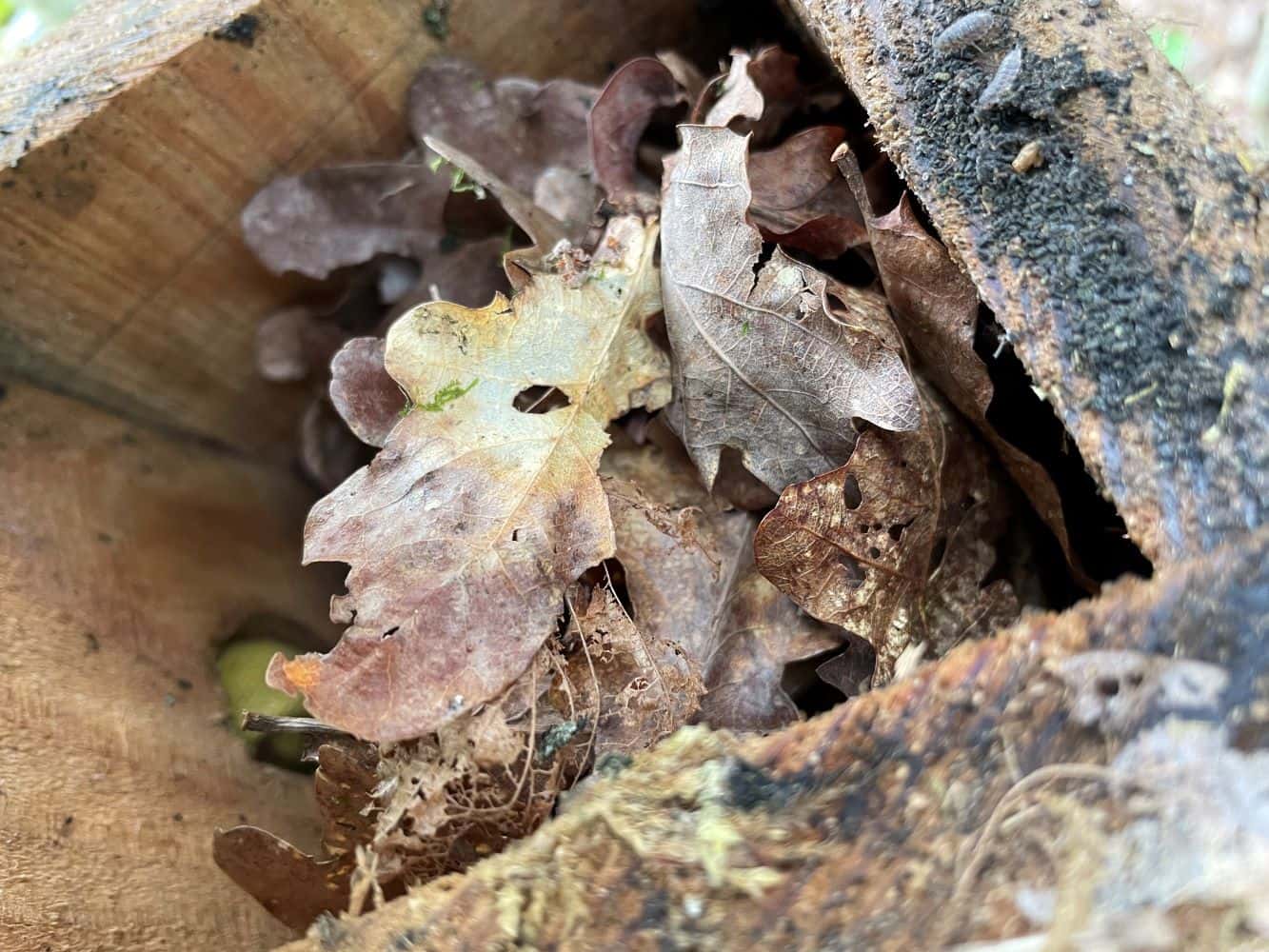The Hazel Dormouse
(Muscardinus Avellanarius) is a charismatic and distinctive native British mammal. It has gingery-brown fur, large black eyes and a long fluffy tail. They are typically active from mid-April to late October, moving between the understorey and canopy of woodlands to feed on blossom, insects, fruits and seeds as the season progresses.
It is a rather elusive, rare species so is rather less well-known than many of Britain’s other small mammals, but is highly protected owing to its rarity, having declined by two-thirds since 2000. It faces a suite of threats, from climate change to intensification of agriculture and changes in woodland management. It thrives in structurally diverse deciduous wooded and shrubby habitat but has been found in a range of other habitats such as hedgerows, road and railway verges and conifer plantations.
We have little data on their population status in north Wiltshire, so MDNHS has recently taken over monitoring of some dormouse boxes in a Forestry England wood near Purton from Wiltshire Mammal Group. They have not yet been found in this location, but it is perfect habitat with relatively quiet and undisturbed mixed deciduous woodland with plenty of hazel – one of their favourite food sources – and honeysuckle, the leaves of which they like to use to line their nests. We also know that they can take several years to colonise a site and find the nest boxes, as WMG have found from other monitoring sites, so we hope that patience will prevail!





We are starting with a series of monitoring checks from April through to October 2024.
The boxes are opened to check what is inside. If any nesting birds or young are found the boxes are left, otherwise they are cleaned out ready for the dormice to nest in.
You need a licence to survey dormouse due to their legal protection, so if we were lucky enough to find a dormouse nest or any individuals, we would close the lid and find a licensed ecologist to come back and survey the relevant boxes.
Our first visit in April involved a bit of a hunt for them, but 30 boxes were found, and all checked to be in good condition. We also found several occupied by blue tit nests, and we also found a yellow-necked mouse and wood mouse lodging in them. We are hopeful that we might find dormice eventually as the season goes on and will keep you updated as to progress!
Become a volunteer
Join us
The society welcomes new members and volunteers. Please contract us using the form below
